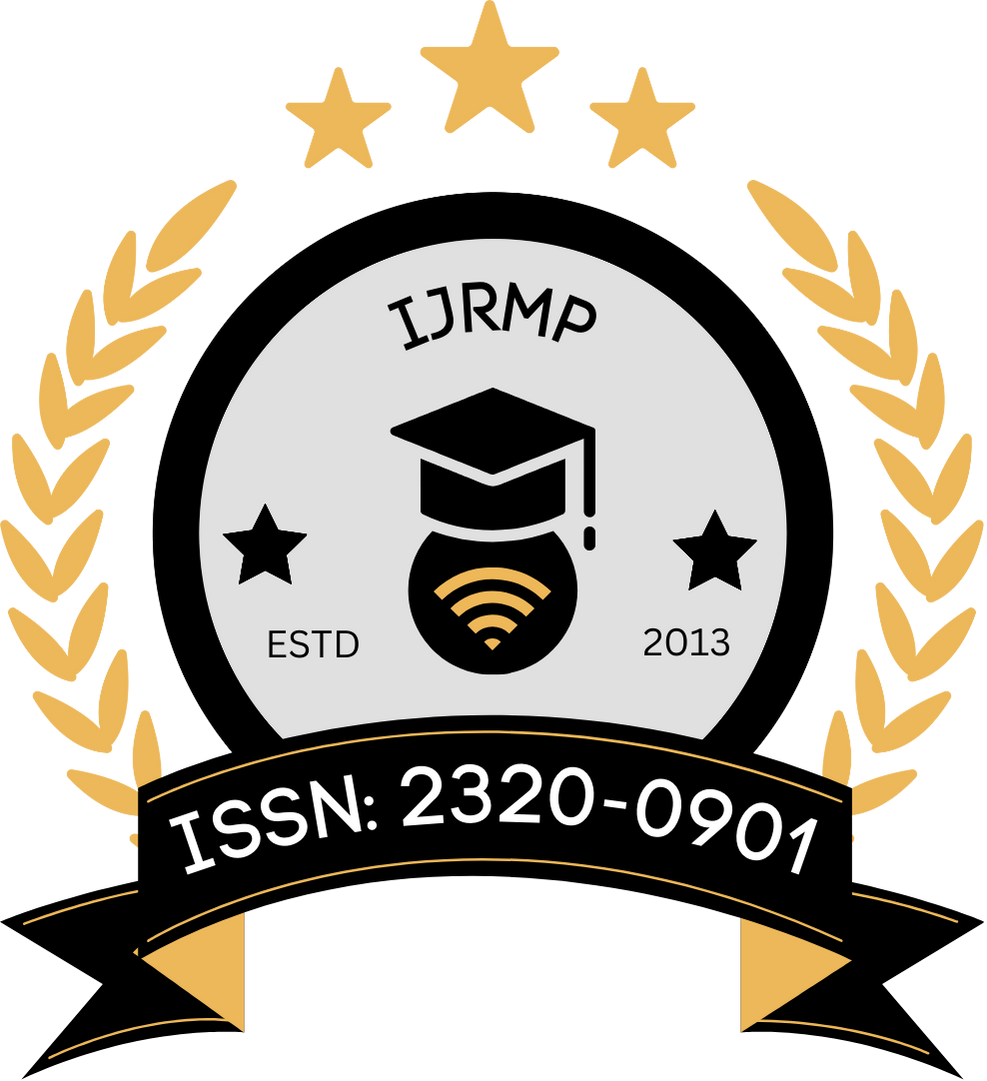![]()
Harshit Verma
Independent Researcher
Chhattisgarh, India
Abstract
The intersection of unmanned aerial vehicle (UAV) technology and healthcare logistics has paved the way for novel approaches to last-mile delivery of critical medications. Drone-based drug delivery systems hold immense promise in bridging infrastructural gaps, particularly in rural and underserved regions where traditional delivery mechanisms face numerous challenges. This manuscript investigates the feasibility of implementing drone-based systems for pharmaceutical distribution. Key focus areas include the technological capabilities of drones, payload management, regulatory landscape, energy constraints, and socio-environmental considerations. Through an extensive review of literature and design modeling, the paper presents an integrated framework assessing the technical, operational, and economic viability of drone-assisted drug delivery. The study finds that while technological readiness was on a growth trajectory, practical deployment was contingent upon battery limitations, flight range, airspace regulations, and integration with existing healthcare supply chains. Nonetheless, the prospects for emergency response, remote area outreach, and real-time tracking established strong potential use cases, warranting further research and development investments.
Keywords
Drone delivery, healthcare logistics, unmanned aerial vehicle, medical supply chain, feasibility analysis, pharmaceutical distribution, UAV technology
References
- Amukele, T., Street, J., Carroll, K., Miller, H., & Zhang, S. (2015). Drone transport of microbes in blood and sputum laboratory specimens. Journal of Clinical Microbiology, 53(5), 1632–1635. https://doi.org/10.1128/JCM.00157-15
- Otto, A., Agatz, N., Campbell, J., Fleischmann, M., & Savelsbergh, M. (2014). Impact of e-commerce on last-mile logistics: A survey. European Journal of Operational Research, 244(3), 683–697. https://doi.org/10.1016/j.ejor.2014.01.038
- Claesson, A., Fredman, D., Svensson, L., Ringh, M., Hollenberg, J., Nordberg, P., … & Djärv, T. (2015). Unmanned aerial vehicles (drones) in out-of-hospital cardiac arrest. Scandinavian Journal of Trauma, Resuscitation and Emergency Medicine, 23(1), 1–6. https://doi.org/10.1186/s13049-015-0140-0
- Pulvers, J. M., & Watson, R. T. (2014). UAVs: Ready for takeoff? Communications of the ACM, 57(5), 34–36. https://doi.org/10.1145/2594397
- (2014). Drones for Health: Developing drone delivery networks in Lesotho. Retrieved from http://www.matternet.com (Archived content, used for research/pilot programs globally)
- Strohmeier, M., Lenders, V., & Martinovic, I. (2015). On the security of the automatic dependent surveillance-broadcast protocol. IEEE Communications Surveys & Tutorials, 17(2), 1066–1087. https://doi.org/10.1109/COMST.2015.2400718
- Erdelj, M., Natalizio, E., & Chowdhury, K. R. (2014). Help from the sky: Leveraging UAVs for disaster management. IEEE Pervasive Computing, 13(4), 24–31. https://doi.org/10.1109/MPRV.2014.51
- Chung, W., Kim, M., Lee, S., & Park, B. (2014). A survey on the autonomous navigation of unmanned aerial vehicles. International Journal of Control, Automation and Systems, 12(1), 1–13. https://doi.org/10.1007/s12555-013-0218-4
- Lin, P., Jenkins, R., & Abney, K. (2011). Robots in war: Issues of risk and ethics. In P. Lin, K. Abney, & G. A. Bekey (Eds.), Robot ethics: The ethical and social implications of robotics (pp. 209–222). MIT Press.
- Thiels, C. A., Aho, J. M., Zietlow, S. P., & Jenkins, D. H. (2015). Use of unmanned aerial vehicles for medical product transport. Journal of the American Medical Association, 313(6), 587–588. https://doi.org/10.1001/jama.2014.15364
